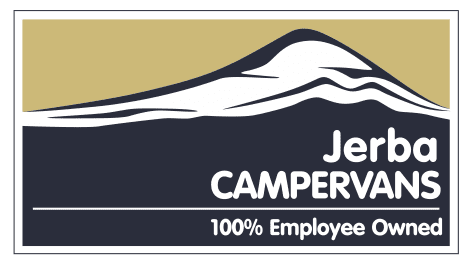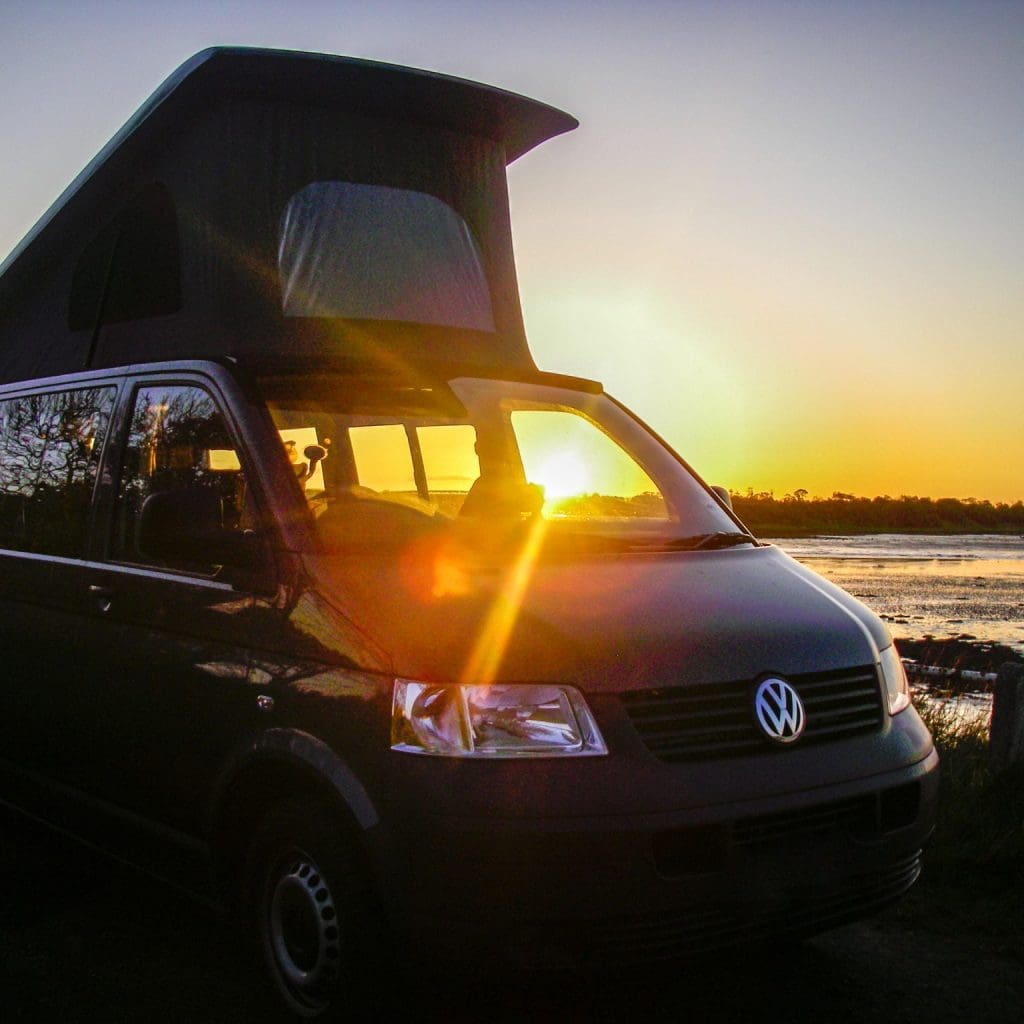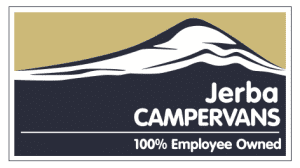Then there’s the realisation that, as human, you are completely out of your natural element; vulnerable, unable to breathe below the surface, and potentially prey to what lies beneath. Yet part of your brain is more than comfortable, it’s hyper-alive. Perhaps this is an echo of time in the womb or an even more distant mammalian response. You feel anxious yet at relaxed, alien yet at home. Frankly, it’s weird. And very, very exciting.
Of course, it’s all about the flow of blood the brain and other parts of the body. Six minutes is how long it takes me to acclimatise to cold water. For those long moments, the cold clutches at your throat making it hard to breath; feet, fingers and especially face, wanting to be anywhere except under the water. Indeed, the first few times you try to put them under, that mammalian brain kicks in what’s called the “dive response”, actively making breathing difficult. It’s trying to stop you from drowning. Resist the urge to leave the water, and within those six minutes, blood supply to the extremities seeps away to preserve the body’s core functions. Suddenly, cold water swimming becomes not only tolerable but utterly fantastic.
Liz and I swim year-round in Scottish lochs, and Nellie is our ideal base. She’s our long wheelbase Jerba Campervan, and I’m telling a few tales of how she has become an integral part of the various adventure sports that feature in our lives.
Our nearest big pool is Loch Sunart where the temperature ranges from about 16c to 6c, so I’m fairly well adapted to cold water, but I always wear a wetsuit. Some of our friends swim in just regular bathing costumes, what wild swimmers refer to as ‘skins’, relying not on the neoprene of a wetsuit but what they laughingly call their ‘bioprene’. Skin swimmers are the toughest of the tough. It’s certainly not for me.
My Thermal Helix wetsuit is specifically designed for cold open water swimming, with thicker panels around the core and thighs, and much thinner, flexible rubber across the shoulders, with added insulation from a special thin layer of what looks like microfleece. It works superbly. Once the temperature drops below 10C I add swimming gloves, booties and a thermal cap.
Before learning about swim specific gloves I swam without. After thirty minutes, my little and ring fingers involuntarily contracted into claws, a reaction I subsequently learnt, of the ulnar nerve to the water temperature. I was also advised that, when the middle and index fingers also start to claw, then the cold has reached the median nerve and it’s time to get out.
That’s when Nellie comes into her own. Up to that point, she has done everything that could be expected of her, carrying us and our kit to the start of our swim, then giving us a spacious changing room. Once our swim is over, she really shines. While other swimmers huddle in their cars, engines running and heaters blasting, we slip into Nellie’s already toasty interior having left the Webasto heater ricking over while we swam. It is dangerous to warm up too quickly. Blood has to be coaxed slowly out of the core, back to the extremities. So we sit on Nellie’s waterproof covers, change out of our wetsuits into cosy fleece, and begin to heat a pan of soup on the stove. Luxury.
Of all the adventure sports we enjoy, wild swimming gives me the closest contact with Scotland’s spectacular outdoor environment. In this series, I’ve written about sea kayaking, cycling, and triathlon, all of which bring me closer to that environment. But with wild swimming, I am immersed in it, figuratively and literally. The common thread linking our enjoyment of all our sports is Nellie.
As I write, I don’t know where she’ll take us next, but I do know it’ll be a great adventure.
Simon Willis is the author of Day by Day on the Pacific Crest Trail and The Scottish Sea Kayak Trail guidebook. He produces the world’s best selling coaching films Sea Kayak with Gordon Brown. Simon and Liz Willis live on Ardnamurchan in the Scottish Highlands.
Our Jerba Elevating Roof is strong enough to carry up to 100kg, perfect for carrying lots of equipment in roof boxes.















